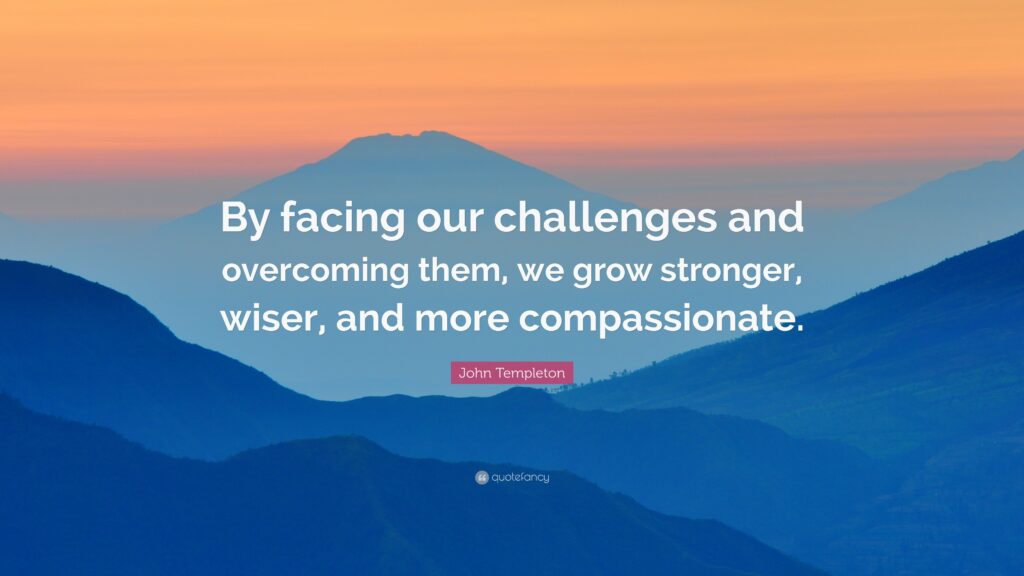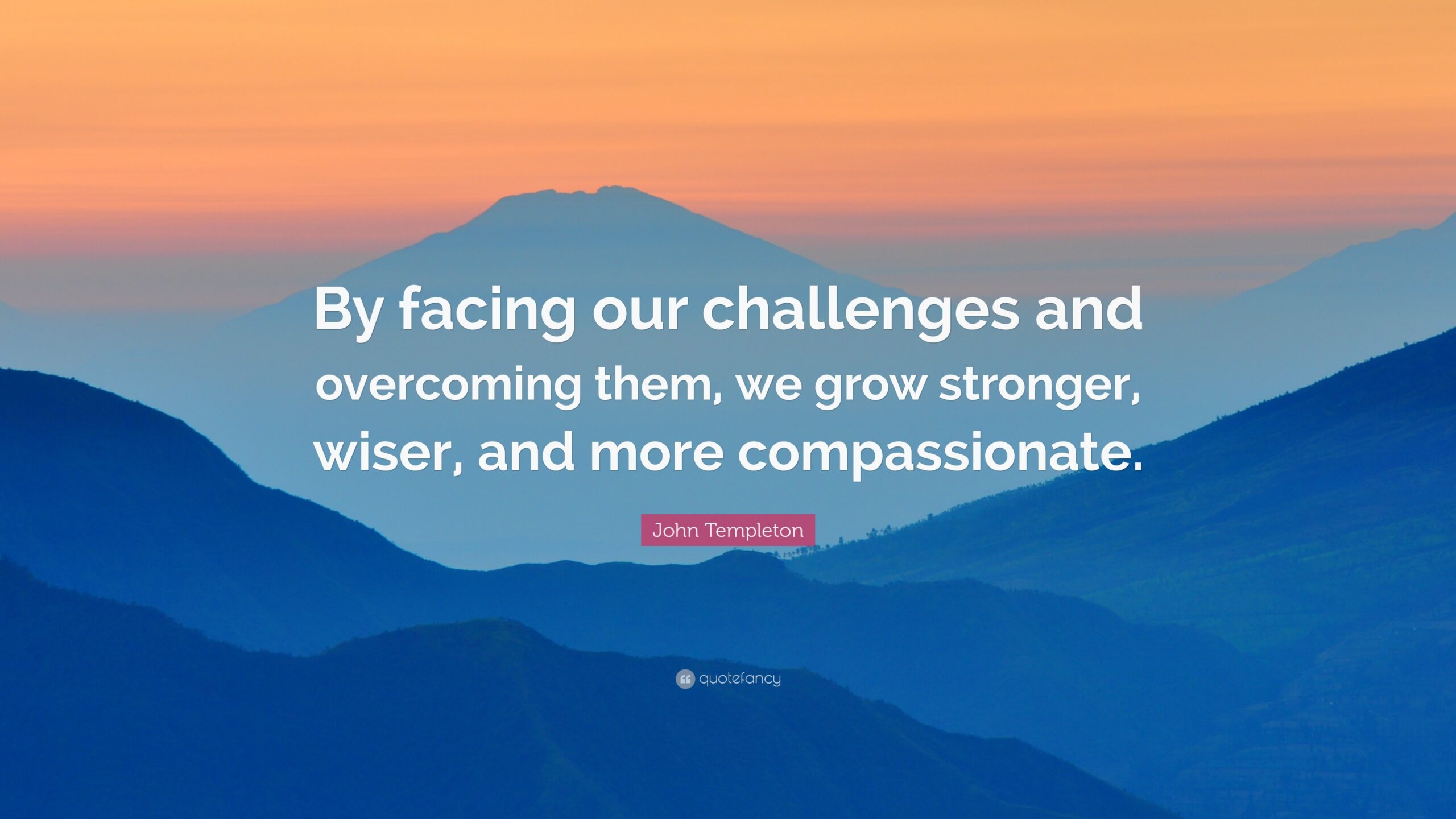
Navigating Adolescence: What Are Some Challenges of Growing Up?
Growing up, a period universally experienced yet intensely personal, presents a unique set of challenges. From the awkwardness of puberty to the existential questions about identity and purpose, adolescence is a minefield of emotional, social, and physical transformations. Understanding what are some challenges of growing up is crucial for parents, educators, and, most importantly, the adolescents themselves. This article aims to explore these challenges, offering insights into the complexities of this formative stage of life.
The Physical and Biological Rollercoaster
Puberty, the biological engine of adolescence, initiates a cascade of hormonal changes that can be both exhilarating and disorienting. The physical transformations, such as the development of secondary sexual characteristics, growth spurts, and changes in body composition, often lead to self-consciousness and body image issues. For many, comparing themselves to idealized images in media and social media fuels anxiety and insecurity. These physical changes are a significant part of what are some challenges of growing up.
- Body Image Issues: The pressure to conform to societal beauty standards can lead to eating disorders, anxiety, and depression.
- Hormonal Imbalances: Fluctuations in hormones can cause mood swings, irritability, and acne, impacting self-esteem and social interactions.
- Sleep Disturbances: Changes in circadian rhythms during adolescence often result in sleep deprivation, affecting cognitive function, mood, and overall health.
The Quest for Identity and Self-Discovery
Adolescence is a period of intense introspection and self-discovery. Teenagers grapple with questions of identity, values, and beliefs, often experimenting with different roles and behaviors in an attempt to find their place in the world. This search for identity can be confusing and overwhelming, leading to feelings of uncertainty and anxiety. This process is a critical part of what are some challenges of growing up.
Navigating Social Identities
Social identities, including race, ethnicity, gender, and sexual orientation, become increasingly salient during adolescence. Teenagers may face discrimination, prejudice, and microaggressions based on their social identities, leading to feelings of marginalization and isolation. Exploring and embracing these identities is crucial for developing a strong sense of self, but it can also be a source of stress and conflict.
The Influence of Peer Pressure
Peer pressure is a powerful force during adolescence, influencing everything from fashion choices to risky behaviors. The desire to fit in and be accepted by peers can lead teenagers to engage in activities that they would not otherwise consider, such as substance abuse, risky sexual behavior, and bullying. Learning to navigate peer pressure and make independent decisions is a critical skill for adolescents. [See also: The Impact of Social Media on Teen Mental Health]
Emotional Turmoil and Mental Health
Adolescence is often characterized by emotional volatility and increased vulnerability to mental health problems. The combination of hormonal changes, social pressures, and academic stress can create a perfect storm for anxiety, depression, and other mental health issues. Recognizing the signs of mental health problems and seeking help is crucial for adolescents. This emotional rollercoaster is a key aspect of what are some challenges of growing up.
- Anxiety Disorders: Social anxiety, generalized anxiety, and panic disorders are common during adolescence, often stemming from academic pressure, social expectations, and fear of failure.
- Depression: Feelings of sadness, hopelessness, and loss of interest in activities can signal depression, which can significantly impact academic performance, social relationships, and overall well-being.
- Eating Disorders: Anorexia nervosa, bulimia nervosa, and binge-eating disorder are serious mental health conditions that often emerge during adolescence, driven by body image concerns and societal pressures.
Academic Pressure and Future Uncertainty
The academic demands of high school and the pressure to plan for the future can be overwhelming for adolescents. The competition for grades, college admissions, and scholarships can create significant stress and anxiety. The uncertainty about future career paths and life goals can also contribute to feelings of uncertainty and overwhelm. This pressure is a significant component of what are some challenges of growing up.
The College Application Process
The college application process is often a source of stress and anxiety for high school students. The pressure to achieve high grades, score well on standardized tests, and write compelling essays can be overwhelming. The fear of rejection and the uncertainty about the future can also contribute to feelings of anxiety and depression.
Balancing Extracurricular Activities and Academics
Many adolescents are involved in extracurricular activities, such as sports, clubs, and volunteer work. While these activities can be beneficial for developing skills, building social connections, and exploring interests, they can also add to the pressure and stress of adolescence. Balancing extracurricular activities with academic demands can be challenging, requiring effective time management and prioritization skills.
Navigating Relationships and Social Dynamics
Adolescence is a time of significant change in relationships, both with family and peers. Teenagers begin to assert their independence and seek greater autonomy from their parents, which can lead to conflict and tension. At the same time, peer relationships become increasingly important, providing a source of support, validation, and belonging. Navigating these changing relationships and social dynamics is a key part of what are some challenges of growing up.
Family Conflict and Communication
As adolescents strive for independence, conflict with parents is common. Differences in values, expectations, and communication styles can lead to arguments and misunderstandings. Open and honest communication is crucial for navigating these conflicts and maintaining healthy family relationships. Parents must understand what are some challenges of growing up to communicate effectively.
Romantic Relationships and Heartbreak
Adolescence is often a time of first loves and heartbreaks. Romantic relationships can be exciting and fulfilling, but they can also be a source of stress, anxiety, and emotional pain. Learning to navigate the complexities of romantic relationships, including communication, boundaries, and conflict resolution, is an important part of growing up.
The Digital Age: Social Media and Technology
The rise of social media and technology has profoundly impacted the lives of adolescents. While technology offers many benefits, such as access to information, opportunities for connection, and creative outlets, it also presents new challenges. Cyberbullying, social comparison, and addiction to screens are all potential risks associated with technology use. Managing technology use responsibly and promoting digital well-being is crucial for adolescents. Social media adds a layer of complexity to what are some challenges of growing up.
- Cyberbullying: Online harassment and bullying can have devastating effects on self-esteem, mental health, and academic performance.
- Social Comparison: The curated and often unrealistic portrayals of life on social media can lead to feelings of inadequacy, envy, and low self-esteem.
- Screen Addiction: Excessive screen time can disrupt sleep, impair cognitive function, and contribute to anxiety and depression.
Building Resilience and Seeking Support
Despite the many challenges of growing up, adolescence is also a time of incredible growth, learning, and opportunity. By developing resilience, seeking support, and learning healthy coping mechanisms, adolescents can navigate the challenges of this formative stage and emerge as confident, capable, and well-adjusted adults. Addressing what are some challenges of growing up proactively can improve outcomes.
Understanding what are some challenges of growing up is vital for fostering a supportive environment. Parents, educators, and communities must work together to provide adolescents with the resources and support they need to thrive. By acknowledging and addressing these challenges, we can help young people navigate the complexities of adolescence and reach their full potential. The journey of adolescence, while challenging, is a crucial step towards adulthood, shaping the individuals they will become. Recognizing these challenges is the first step in helping adolescents navigate this transformative period successfully. The question of what are some challenges of growing up is one that requires continuous examination and adaptation as societal norms and technological advancements evolve. Ultimately, understanding and addressing these challenges is an investment in the future, ensuring that young people have the tools and support they need to flourish. Understanding what are some challenges of growing up allows us to create better support systems. Acknowledging what are some challenges of growing up is crucial for promoting adolescent well-being.

